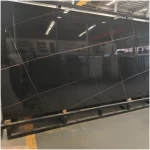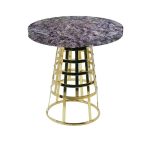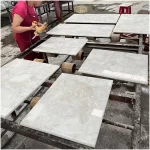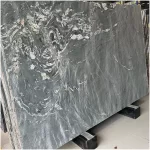How to design marble stairs
Which material is better for stairs? Wood, ceramic tiles and marble are good choices. You can choose according to your own requirements and economic conditions!
Today I am going to share with you a complete list of marble stair step-by-step guides, step price, size measurement, installation steps and maintenance and refurbishment process. I hope to help you!
1. Is the marble stair step good or bad?
1. No deformation, high hardness and strong wear resistance.
2. Resistant to abrasion, high temperature and maintenance-free.
3. Physical stability, meticulous organization, grains falling off from impact, no burrs on the surface, no impact on its plane accuracy, stable material, stable long-term deformation, small linear expansion coefficient, high mechanical accuracy, rust, magnetism, and insulation !
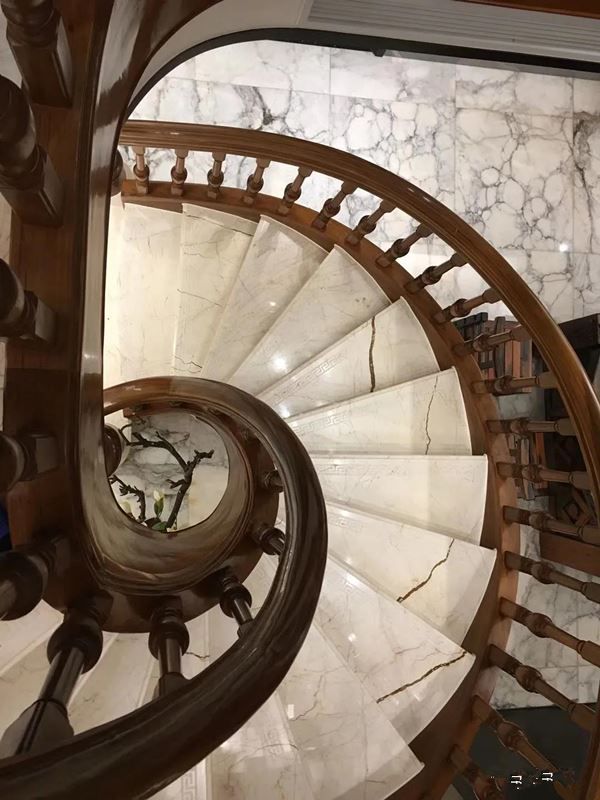
2. What is the price of marble stairs?
1. Pricing by step means that the price of the stairs is averaged for each step, and the total price is the unit price of the step multiplied by the number of steps.
2. Pricing is based on the parts of the stairs, that is, the unit price of the pillars, railings, handrails, pedals, uprights, column heads, column tails, and connecting parts are added together.
3. Pricing by set, that is, directly negotiate with the stair manufacturer how much a set of stairs will cost. It is understood that most of the pricing methods are currently used. The marble step price is generally 600 yuan/step, the glass step is generally 1300 yuan/step, and the solid wood step price is probably 1800 yuan/step.
Of course, there are many types of marble, and the price of each type of marble will be different. For specific details, please consult the quotation of each stone company.
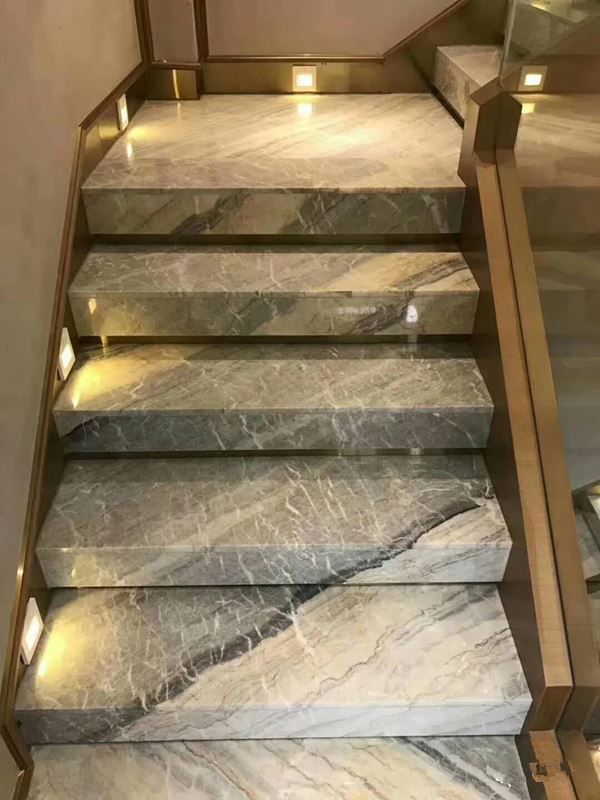
3. Step size of marble stairs
The combination of the stair measurement method and the stair components (pedals, facade).
1. The width of the marble pedal (excluding the edge) = (the total horizontal length of the stairs + the thickness of the marble facade + the thickness of the paste facade mortar) ÷ number of steps
It is worth explaining that after the ruler is obtained, the width of each step of the original pouring stairs should be checked one by one to prevent the marble steps from being too small and not installed. If the total length of the stairs is already limited, you must use an electric pick to plan the small steps of the original stairs.
2. The height of the marble facade = (the vertical distance from the ground of the second floor to the ground of the first floor-the thickness of the marble pedal) ÷ the number of steps
It is worth mentioning that: the ground on the first and second floors refers to the finished ground (or floor tile surface, or floor surface, or cement mortar surface). The height of the finished floor has been increased, so the height of the original staircase may not be used. Check the re-meters one by one.
Although the first step and the channel change are within the number of steps, they should be widened and lengthened according to the actual size. If the channel change is too large, several symmetrical blocks can be divided. The rotating part is an arbitrary long quadrilateral. The radius, angle, and length of the four sides must be set.
3. The length of the marble staircase composite material is 40 mm longer than the original staircase, and the two ends are 20 mm longer than the original staircase. Decorate with the following procedure.
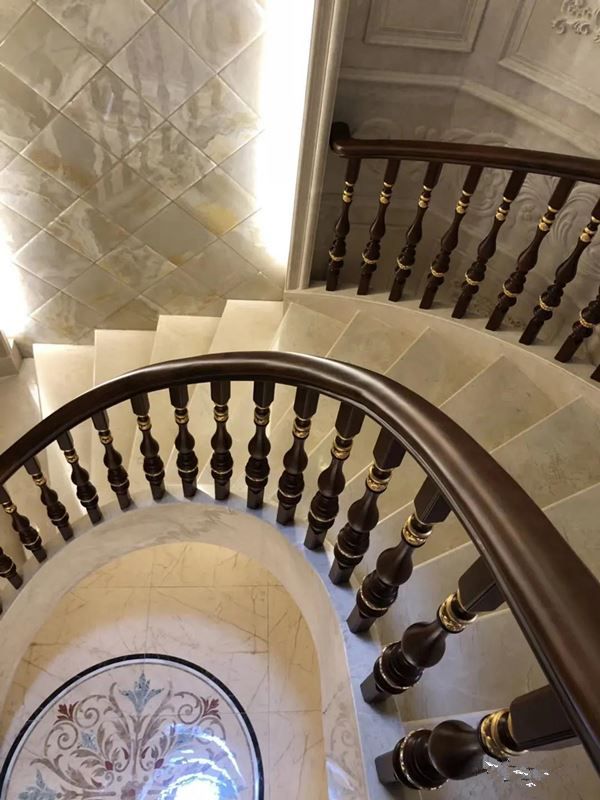
4, the stair step marble paving method
Preparatory work→elastic thread→try spelling→numbering→brush the cement slurry joint layer→paving mortar→→paving marble blocks→seaming and wiping→waxing.
1. According to the elevation control line, the errors of all steps of each step of the stair are divided equally, and staked out on the wall to be marked as the inspection and control plate elevation and position standard.
2. The material of the stair surface layer should be selected first (the block material that meets the requirements of anti-skid should be selected for the step), and stacked according to color and pattern for spare use. Before laying, the material should be soaked in water and wet, but the surface should be dry when used.
3. Soil and floating ash at the grassroots level. The ash and slag shall be cleaned up. If the local unevenness is uneven, the spit shall be chiseled out before paving. The concave parts shall be filled with 1:3 cement mortar.
4. Before paving and pasting, test and arrange the stepped facades and plane plates of each level according to the pattern, color and parquet texture.
5. Spread the bonding layer of semi-dry hard cement mortar, generally 1:3 cement mortar. Sprinkle water before spreading to moisten the base layer, spread mortar with brushing cement slurry, spread flat and firm with a ruler rod after spreading, flatten and compact with a trowel, the general order of spreading is step by step first, then step On the facade, spread the stair railing and the ribbon at the wall.
6. The lay order of the surface layer of the staircase blocks is generally grading from bottom to top, first paste the facade, and then lay the plane. When laying, it should be laid according to the trial number and the panel number of the trial spell.
7. Wet the plates in advance and put them in the shade before use. When placing, place the four corners of the plates on the spread semi-dry hard mortar layer at the same time. After the first trial is suitable, open the plates and scrape a layer of water ash on the back. A plain cement slurry with a ratio of 0.5, and then gently align the plate with the original position.
Hit the plate with a small wooden hammer or rubber hammer to make the four corners flat, match the seam, and match the design requirements. The joints are required to be uniform, the color is consistent, and the surface layer is firmly combined with the base surface. Spread the remaining slurry on the surface in time and clean up the cracks. After curing at room temperature for 12 hours, it will be cured. After 3 days, it can be hooked or wiped.
8. When the design requires the use of white cement and other colored binders for jointing, use white cement and pigments to prepare a colored cement slurry with a color similar to the plate, and use special tools to joint the joints until they are smooth and smooth.
9. Wipe (hook) the seam with a clean and moist sawdust for 24 hours or cover it with water spray for at least 7 days.
10. Stair skirting board: The skirting board uses the same type, the same specification, and the same color as the ground. The standing seam should be aligned with the ground seam. When laying, first put a brick on each side of the female corner of the room, and the wall thickness and height are consistent. , And use the brick upper mouth as the standard, and hang the thread on the wall.
Adopting the sticking method when spreading, turn the back side up, after smearing 1:2 cement mortar, immediately stick it to the bottom ash of the cement paste, squeeze it flat, knock it firmly, make the upper mouth follow the line, and put it at any time Squeeze the excess mortar out of the brick surface and clean the brick surface. The block material at the positive corner should adopt 45° angle counter-seam.
11. Winter construction: The temperature of the raw materials and the operating environment should not be lower than +5°C, no sand with frozen blocks should be used, and there should be no icing on the surface of the plates.
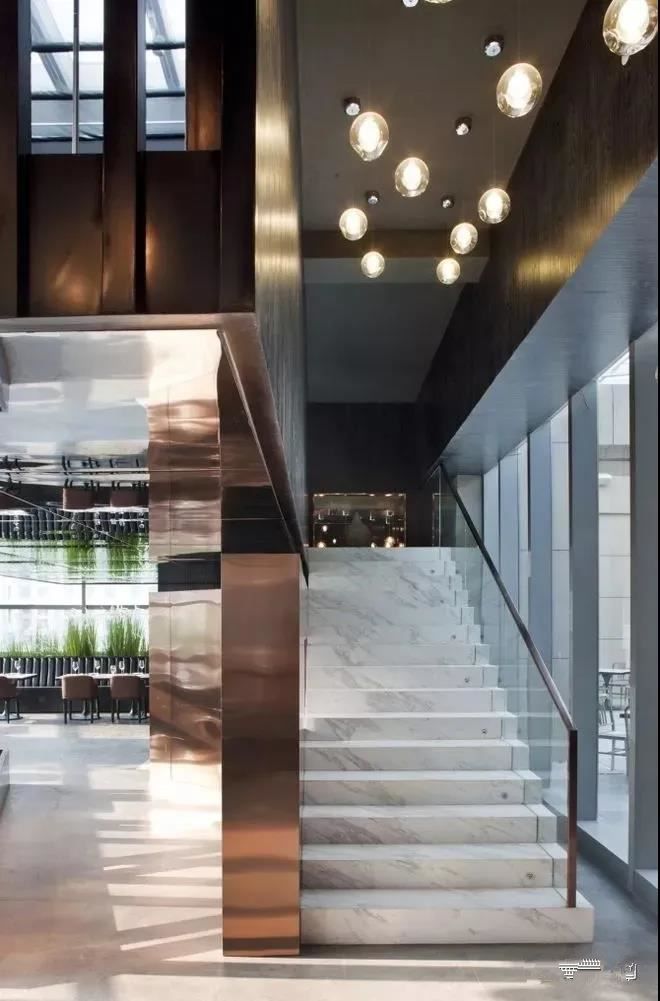
5. Staircase marble maintenance
The maintenance of marble stairs is divided into cleaning and protection, and protection is divided into protection before construction and protection after stone construction. The daily maintenance of marble staircases is very simple and requires no special tools. At present, most of them adopt an advanced high-tech stone curing product-permeable protective agent.
The penetrating protective agent dissolves in water and plays three roles in the protection of the marble staircase. They are to clean and protect the ground, remove possible moisture, and reduce the number of cleanings. Of course, if the marble staircase contains micro-grains, it can also increase the brightness.
Marble is a very noble natural building material. Ordinary cleaning agents can not only achieve the effect, but also may leave a part of fluoride in the stone, thus damaging the stone, so no matter how often the marble stairs are maintained Pay attention to choose cleaners.
After using the marble staircase for several years, despite the daily waxing operation, there will be scratches and unevenness, which will need to be repaired by crystallization treatment. Therefore, it is necessary to choose a reasonable stair stone maintenance cycle, and use a stair machine with a polishing pad to do crystallization treatment, which can maintain the brightness of the stair stone for a long time.
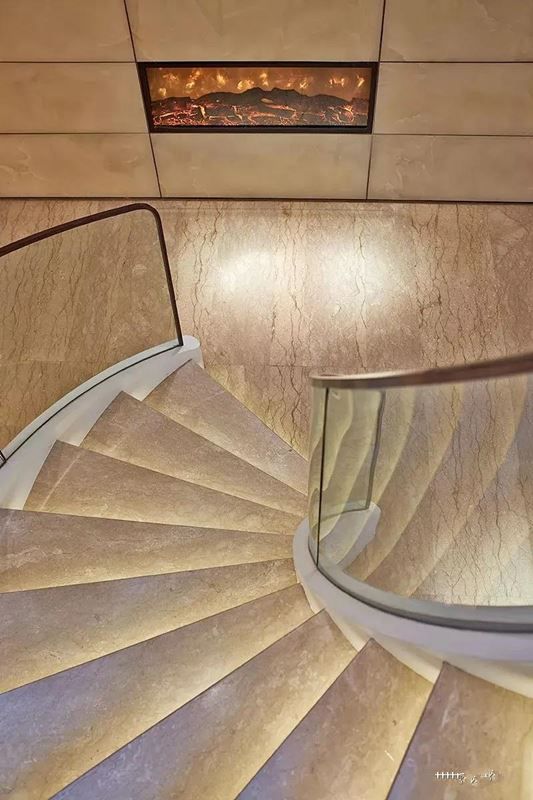
6. Staircase stepping marble renovation construction process
Construction machinery and supplies
Stone cutting machine, stone slotting sheet, marble glue, stair stone refurbishing machine, marble grinding sheet, stone crystal surface agent (stone crystal hard powder), stone polishing pad.
1. Jointing and glue repairing: use professional stone cutting machine and cutting slices to hook out the crevices of stair stone, clean up and fill in marble glue of similar color. (This step is not necessary if the stair stone is laid on the whole surface)
2. Grinding: A stair stone refurbishing machine is used. The refurbished aluminum plate is pasted with 3 pieces of 4-inch marble grinding discs. (Scratch, weather, and return the alkali part of the stone surface, and smooth it out)
3. Cleaning: clean the stone of the staircase until the surface of the staircase is dry.
4. Crystal surface treatment: Pour appropriate amount of stone crystal surface agent or crystal hard powder on the stair stone, and use the stair stone refurbishment machine dial with polishing pad or steel wool to polish the crystal surface treatment until the brightness is bright. The crystal surface treatment has the functions of hardening, adding light, brightening and anti-skid.
5. Regular maintenance. Choose a reasonable stair stone maintenance cycle, and use a stair machine with a polishing pad for crystallization treatment, which can maintain the brightness of the stair stone for a long time.


